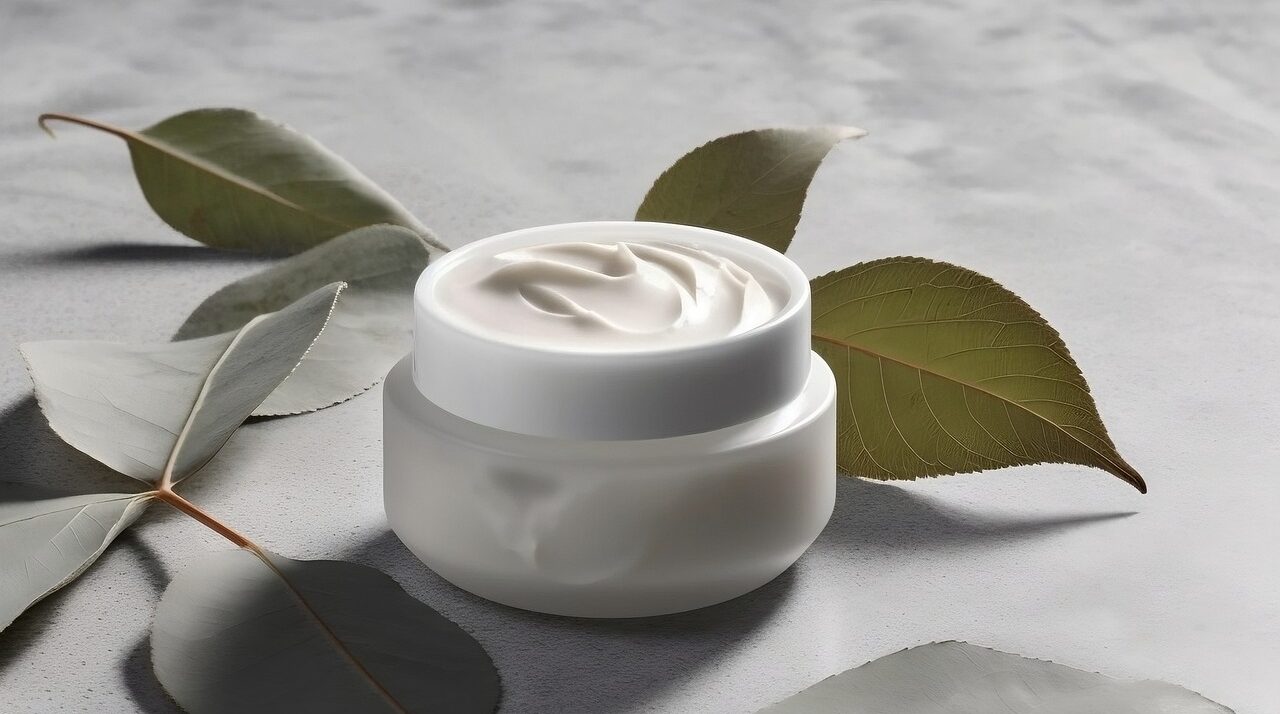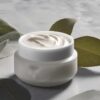Aluminum Chloride is commonly compounded by pharmacies in the following strengths and dosages:
-
-
- Aluminum Chloride 10-20% Solution
- Aluminum Chloride 10-20% Cream
-
Aluminum chloride is commonly used in dermatology for its antiperspirant properties, particularly in the treatment of hyperhidrosis, a condition characterised by excessive sweating. Hyperhidrosis can affect various parts of the body, such as the underarms, palms, and soles of the feet. Aluminum chloride works by blocking sweat ducts, reducing the production of sweat in the treated areas.
Here’s how aluminum chloride is typically used in dermatology:
-
-
- Hyperhidrosis Treatment:
- Formulation: Aluminum chloride is often formulated into antiperspirant solutions or creams.
- Application: It is applied topically to the affected areas, such as the underarms, palms, or soles of the feet.
- Mechanism of Action: Aluminum chloride works by forming a gel-like plug in the sweat ducts, which helps to reduce the flow of sweat to the skin surface.
- Hyperhidrosis Treatment:
-
-
-
- Strengths:
- Over-the-Counter (OTC) Products: Some aluminum chloride-containing antiperspirants are available over-the-counter in lower strengths, typically ranging from 10% to 20%.
- Prescription Strength: Higher-strength formulations, often 20% to 25%, may be prescribed by dermatologists for more severe cases of hyperhidrosis.
- Strengths:
-
-
-
- Application Instructions:
- Frequency: Depending on the product and individual needs, aluminum chloride antiperspirants may be applied once daily, typically at night.
- Precautions: It is important to follow the instructions provided by the dermatologist or specified on the product packaging. Applying the solution to dry and intact skin is crucial to avoid irritation.
- Application Instructions:
-
-
-
- Considerations:
- Skin Sensitivity: Some individuals may experience skin irritation or sensitivity to aluminum chloride. In such cases, the concentration or frequency of application may be adjusted.
- Other Treatment Options: For individuals who do not tolerate aluminum chloride or find it ineffective, other treatment options for hyperhidrosis include botulinum toxin injections, oral medications, and in severe cases, surgical interventions.
- Considerations:
-
It’s worth noting that while aluminum chloride is effective for managing excessive sweating, it may not be suitable for everyone, and individual responses can vary. As with any dermatological treatment, it’s essential to consult with a dermatologist or healthcare professional to determine the most appropriate course of action based on the specific needs and characteristics of the patient.


